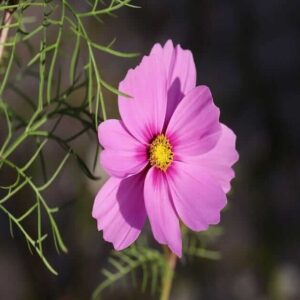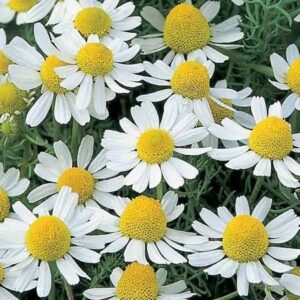+447709283333 | info@damavandpro.com
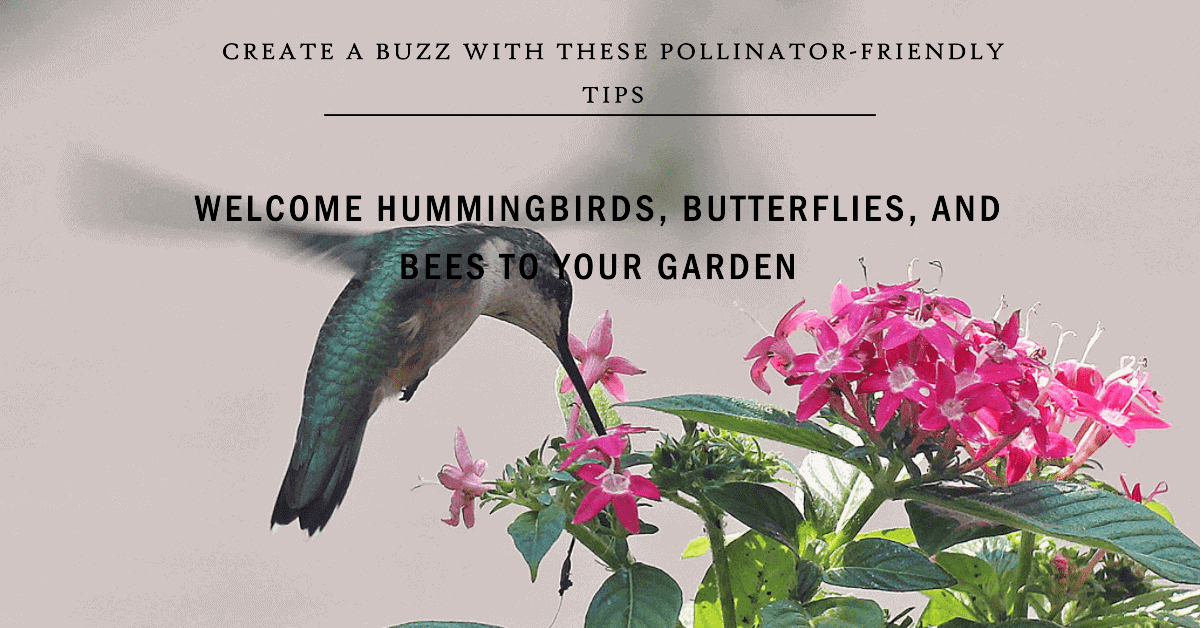
ATTRACTING POLLINATORS
Attracting Pollinators: Hummingbirds, butterflies, and bees may be your favorite animals because of the flurry of activity and splash of color they bring to your yard. But these pollinators also benefit the environment greatly. Knowing which plants to use and how to make an attractive oasis will make it simple to learn how to attract pollinators to your garden.
Attracting Pollinators: WHAT ARE THEY?
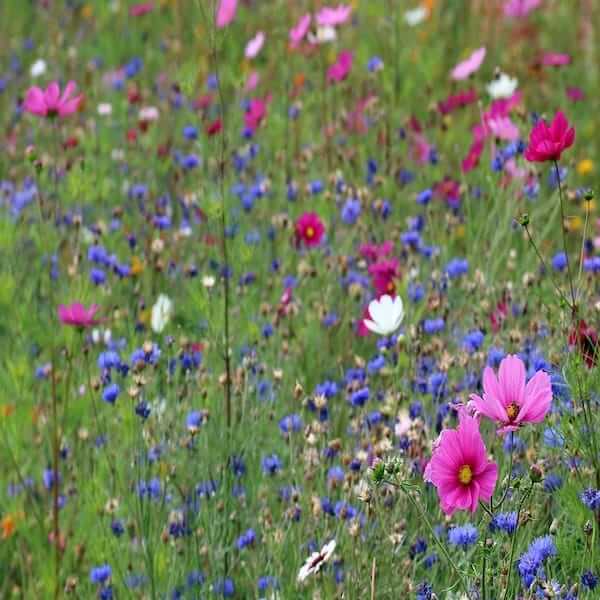
Pollinators, which include bees, hummingbirds, and butterflies, are important for plant reproduction. Pollinators include beetles, dragonflies, moths, bats, birds, and certain small animals.
Pollinators move between plants while carrying pollen on their bodies. Pollen grains adhere to their bodies as they land on plants to consume nectar or pollen, and they spread to other plants they visit. The genetic material required for flowering plants, including many fruits and vegetables, to reproduce is carried by pollen.
Up to 95% of flowering plants require assistance in the pollination process, according to the Pollinator Partnership. In fact, pollinators make one out of every three pieces of food you eat possible for you to consume. Pollinators play an important role in the food cycle as well as in air purification, soil stability, protection from extreme weather, and assistance for other wildlife. The most well-known pollinators are bees, which produce crops such as apples, alfalfa, strawberries, and blueberries. Bee balm and honeysuckle are both pollinated by nectar-loving pollinators called hummingbirds. Even though butterflies are less effective pollinators since their entire body is not covered in pollen, they nonetheless contribute to the pollination of numerous wildflower species and are particularly drawn to milkweed.
HUMMINGBIRDS, BUTTERFLIES & BEES ATTRACTIVE GARDENS
Sadly, a lot of pollinator populations are declining. This is caused by a variety of things, including the loss of habitats for nesting and feeding, pollution, chemicals, disease, and climatic changes. Nonetheless, it has frequently been demonstrated that suburban areas, even your own backyard, have more diversified pollinator colonies.

Hummingbirds, butterflies, and bees will be able to continue doing their vital work if a pollinator garden is made with the components required to attract them. These are some tips for promoting pollinator health:
- The best plants to use are local ones! Local flora has long been a source of food for pollinators in your area. Native plants flourish in local soil and climate, and when you grow them in your garden, you’re also providing pollinators with regular access to the nutrients they require to survive. The same outcomes might not be achieved with non-native plants.
- Keep hybrid plants away. Although hybrid flowers might produce a stunning display, they frequently fail to supply enough pollen and nectar to sustain pollinators.
- Consider perennial blooming. For your garden to continuously attract pollinators, you must establish a range of spring- and fall-blooming species. Also, pick plants that come in a range of hues, scents, and heights.
- Provide people with access to food and water. You should incorporate additional food and water sources into your garden in addition to the plants you’ve chosen to attract pollinators. This contains a nectar feeder for hummingbirds. Even though many homeowners regret that bees consume the nectar in their feeders, it might be beneficial! For garden visitors, a fountain or birdbath will supply enough water. Plant in large quantities. It is simpler for pollinators to forage when you plant many of the same species at once. Whenever they go to the
- Plant in large quantities. It is simpler for pollinators to forage when you plant many of the same species at once. They don’t need to “relearn” how to enter plants to feed when they repeatedly visit the same kind of plant. Pollen transport between accepting plants is more effective when there are large sections of the same plant.
- Offer shelter locations. Even though you might want a spotless garden, leaving some trash gives your pollinators places to nest. Areas of bare ground, dead wood, or leaf litter are a few examples of these. As natural nesting places could be sparse from late autumn to early spring, this is very crucial.
POLLINATOR ATTRACTING FLOWERS
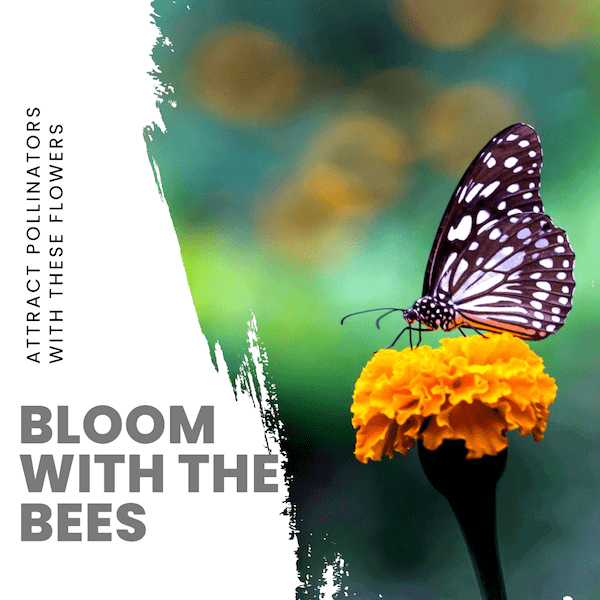
How can you ensure that the trees, shrubs, and plants you select will attract pollinators to your garden? It may seem daunting to choose from so many different plants. Give us a hand! A few native plants that attract hummingbirds, butterflies, and bees are listed below.
PLANTS THAT ATTRACT HUMMINGBIRDS
Despite the fact that odor is not a factor, hummingbirds are drawn to plants that are red and orange. They can eat the funnel-shaped blossoms because of their long beaks. During feeding, they also prefer a sturdy perch.

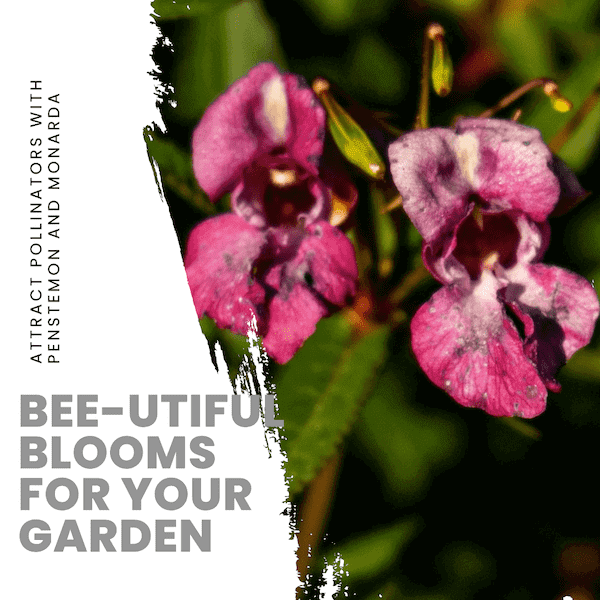



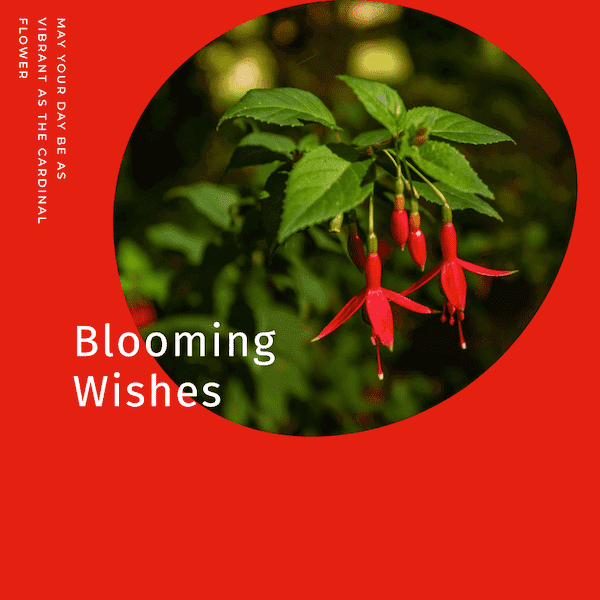

- Hibiscus (Tropical and Hardy)
- Cardinal Flower (Lobelia)
- Columbine (Aquilegia)
- Catmint (Nepeta)
- Agastache Salvia (Annual and Perennial)
- Penstemon Bee Balm (Monarda)
- Peony Coral Bells (Heuchera)
PLANTS THAT ATTRACT BUTTERFLIES
Brightly colored plants, like those that are red and purple, are attractive to butterflies. They choose light, not overpowering, fresh smells. They thrive on plants with large landing pads and blooms resembling tubes.


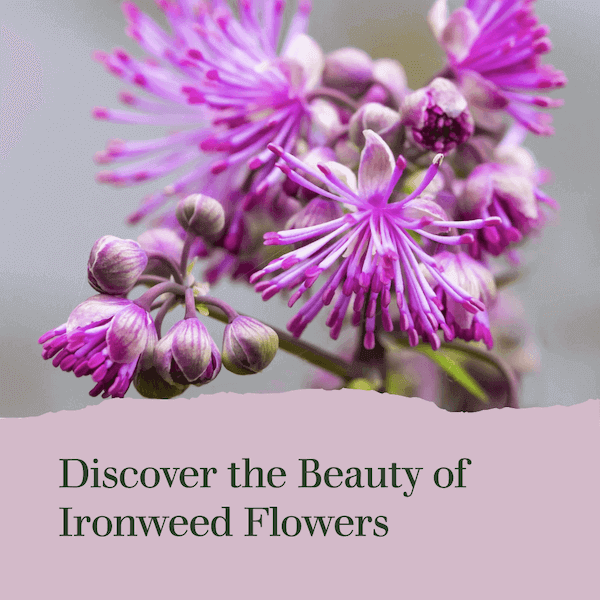




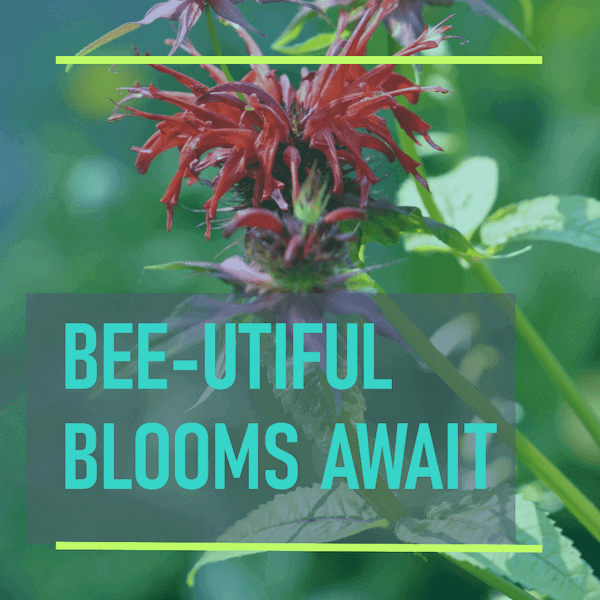

- Coneflower (Echinacea)
- Agastache
- Bee Balm (Monarda)
- Butterfly Weed (Asclepias)
- Aster Flower
- Black-eyed Susan (Rudbeckia)
- Verbena Flower
- Daisy (Leucanthemum)
- Ironweed (Veronia)
BEES ATTRACTIVE PLANT SPECIES
Bright white, yellow, or blue plants with a pleasant, fresh odor are preferred by bees. They can easily eat plants that have a landing platform and shallow, tubular blooms.
- Daisy (Leucanthemum)
- Agastache
- Coneflower (Echinacea)
- Aster
- Salvia (annual and perennial)
- Black-eyed Susan (Rudbeckia)
- Butterfly Weed (Asclepias)
- Ironweed (Veronia)
- Bee Balm (Monarda)
This week’s popular products
-
£3.99 – £350.00
Nigella Persian Jewels Mixed Seeds
-
£2.99 – £8.99
Cosmos Bipinnatus Sensation Gloria Seeds
-
£18.99
100g German Chamomile Seeds


